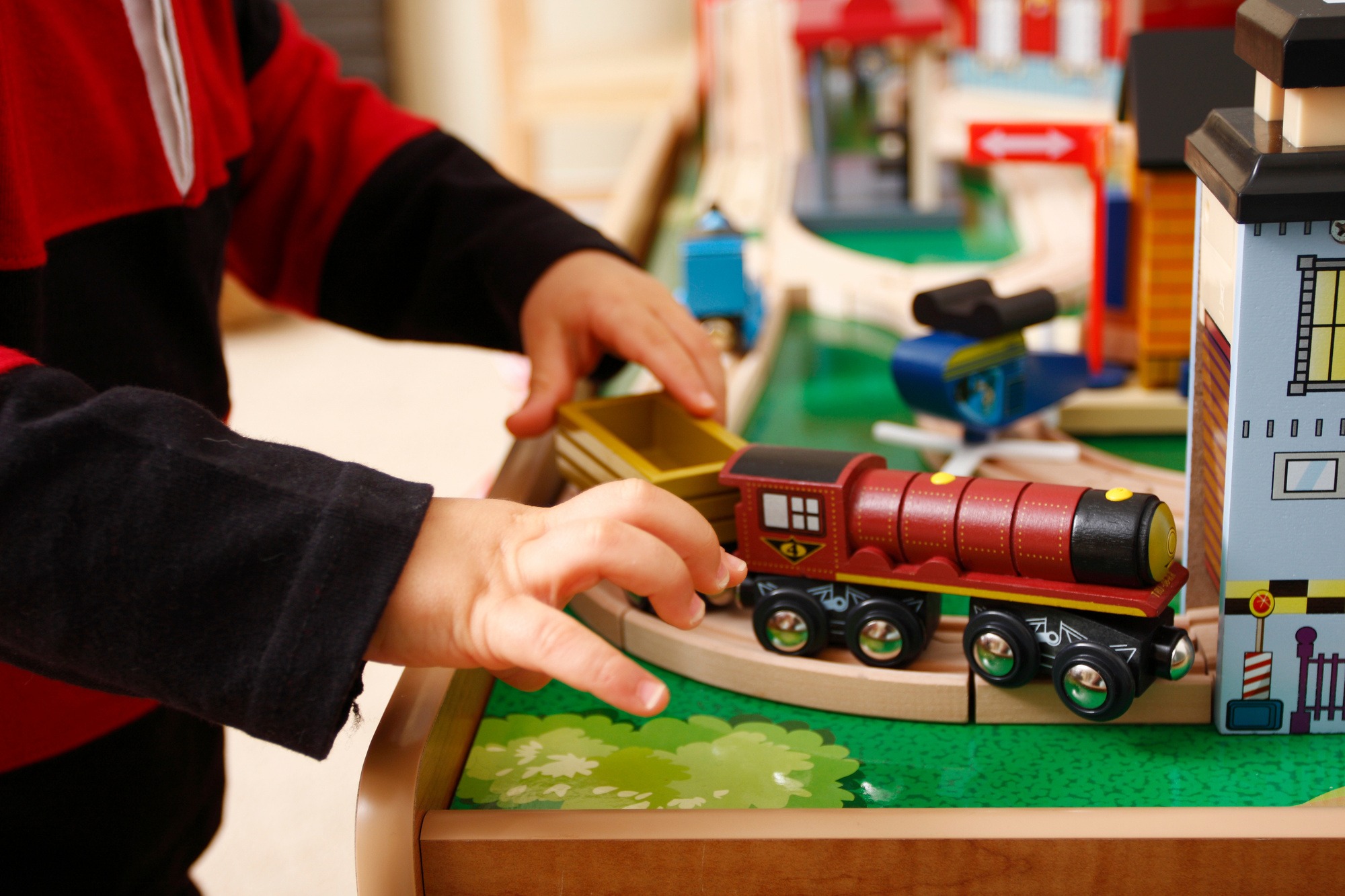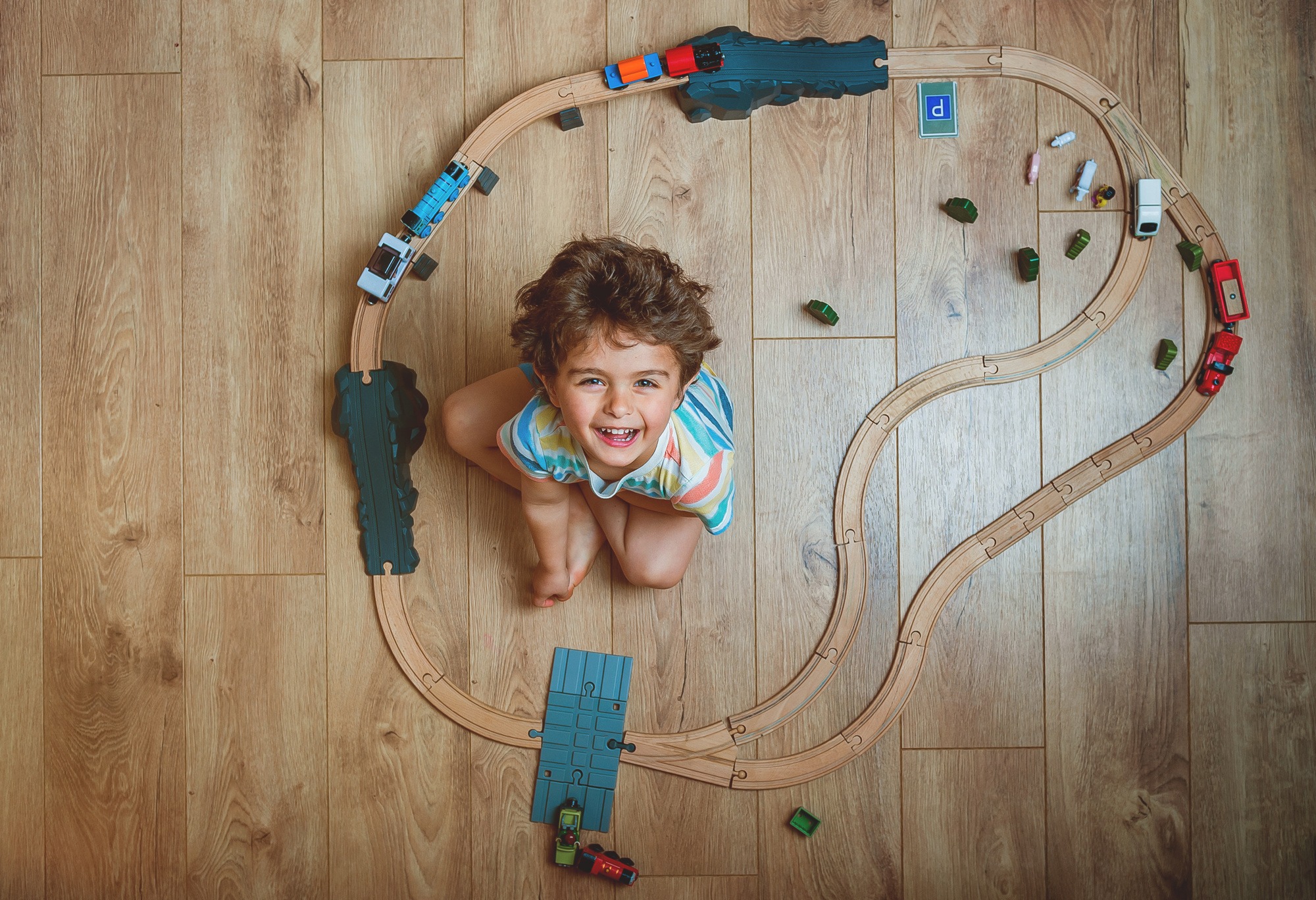Kids these days quickly get bored, and parents often need help with activities to engage their kids with. Sure, you don’t like hearing your kids whining about it, but you also wouldn’t want to give in and give them gadgets to make them stop. One excellent solution for this is letting them try out model building.
Model building is an enjoyable hobby that has been popular for generations, providing a fun and educational activity for children of all ages. Whether constructing model airplanes, model train sets, or ships or creating intricate dioramas, model building is a fantastic way to encourage creativity, improve fine motor skills, and develop spatial reasoning abilities.
Not only is model building an excellent way for children to exercise their imagination, but it also helps to teach patience, perseverance, and appreciation for history and engineering. However, it’s vital to remember that safety should always come first when engaging in this activity.
This post will explore the many benefits of model building for kids and provide essential safety tips to ensure children can enjoy this hobby safely and responsibly. Keep reading!
The Benefits of Model Building for Kids
Model building is one of the activities you can give your children. This is because it offers numerous benefits, including:
Encourages Creativity
Children can exercise their creativity by constructing and designing models and creating unique and original designs. This can involve choosing colors, patterns, and materials and modifying the model’s original design.
The ability to use their imagination and create something unique can positively impact a child’s self-esteem, boosting their confidence and sense of accomplishment. This activity provides an outlet for children to express themselves creatively and allows them to take pride in their accomplishments.
Improves Fine Motor Skills
By assembling models, children must handle small and intricate pieces, manipulate them into position, and secure them using glue, tape, or other materials. This process can improve a child’s hand-eye coordination and dexterity, positively impacting their overall development.
The repetitive movements can help children develop fine motor skills that can translate into other areas of their lives, such as writing, drawing, and other activities requiring precision and control. It can also be particularly beneficial for children who struggle with fine motor skills, such as those with developmental delays or challenges. The activity can improve their skill and control while providing fun and rewarding training to boost their self-esteem.
Enhances Spatial Reasoning Abilities
Building models requires a strong sense of spatial awareness and the ability to think in three dimensions. Children will develop their spatial reasoning abilities by working on models and better understanding how objects relate.
Spatial reasoning is the ability to visualize and manipulate objects in space, which is vital for problem-solving, geometry, and engineering tasks. This can help them develop the necessary mental skills to serve them well in other areas, such as architecture and design.
Teaches Patience And Perseverance
Model building is a hobby that requires a great deal of patience and perseverance. Kids must work carefully and methodically to assemble their models and be patient while waiting for glue or paint to dry. By engaging in this hobby, kids will learn valuable lessons about persistence and the rewards of sticking with a challenging task.
Fosters An Appreciation For History And Engineering
Many model kits are designed to replicate real-life objects such as planes, trains, and ships. By building these models, kids can better understand the engineering principles and design elements that went into creating these objects. They can also develop an appreciation for history and learn about these machines’ vital role in shaping the world they live in today.
Safety Tips For Model Building
While model building is fun and beneficial, ensuring your children’s safety is crucial. That said, here are some safety tips for model building:
Choose Age-Appropriate Models
It’s essential to choose age-appropriate models designed for your child’s skill level and attention span. Younger children should start with simple models that require minimal assembly and can be completed in a shorter amount of time. You can gradually introduce more complex models as your child becomes more skilled.
Use Safe Materials and Tools
Using safe and non-toxic materials and tools is crucial when working on models. Read the instructions carefully, follow all safety guidelines, and never allow your child to use sharp or potentially dangerous tools without close supervision. Also, be sure to identify safety hazards to your kids, such as models with extremely tiny parts that may be a choking hazard.
Provide Adequate Supervision
Adult supervision is essential when children are working on models. Be sure to provide close supervision, especially when younger children work with glue, paint, or other potentially hazardous materials.
Work In A Well-Ventilated Area
Many model-building materials, such as glue and paint, can emit fumes that can be harmful if inhaled. Working in a well-ventilated area is vital to minimize exposure to these fumes.
Store Materials Safely
All model-building materials should be stored safely and securely when not in use. Be sure to keep them out of the reach of young children and store them in a cool, dry place to prevent degradation.
Conclusion
Model building is a beautiful hobby for children that offers many benefits. However, it’s essential to keep safety in mind when engaging in this activity. By following age-appropriate guidelines and safety tips, parents and caregivers can ensure that children enjoy this hobby safely and responsibly.
When choosing models, it’s crucial to consider a child’s age, skill level, and attention span and select models appropriate for their abilities. It’s also critical to ensure they have access to proper tools and materials and are aware of safety procedures to prevent potential accidents and injuries. By incorporating safety guidelines into this activity, parents and caregivers can help children develop new skills and interests while promoting a safe and enjoyable experience.


